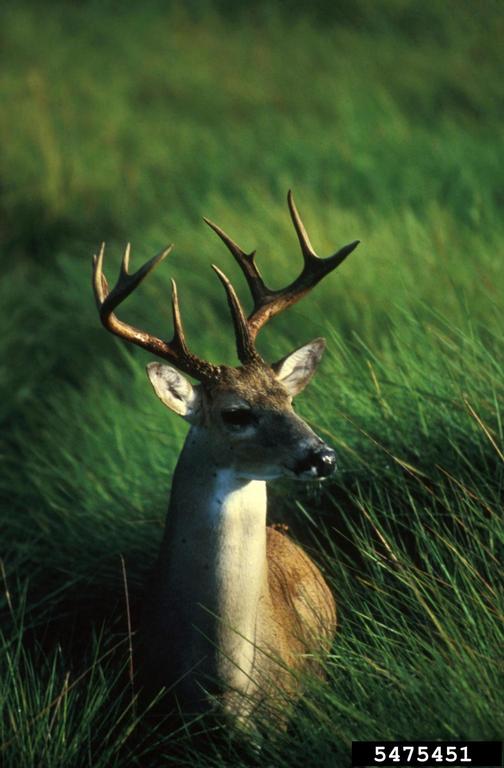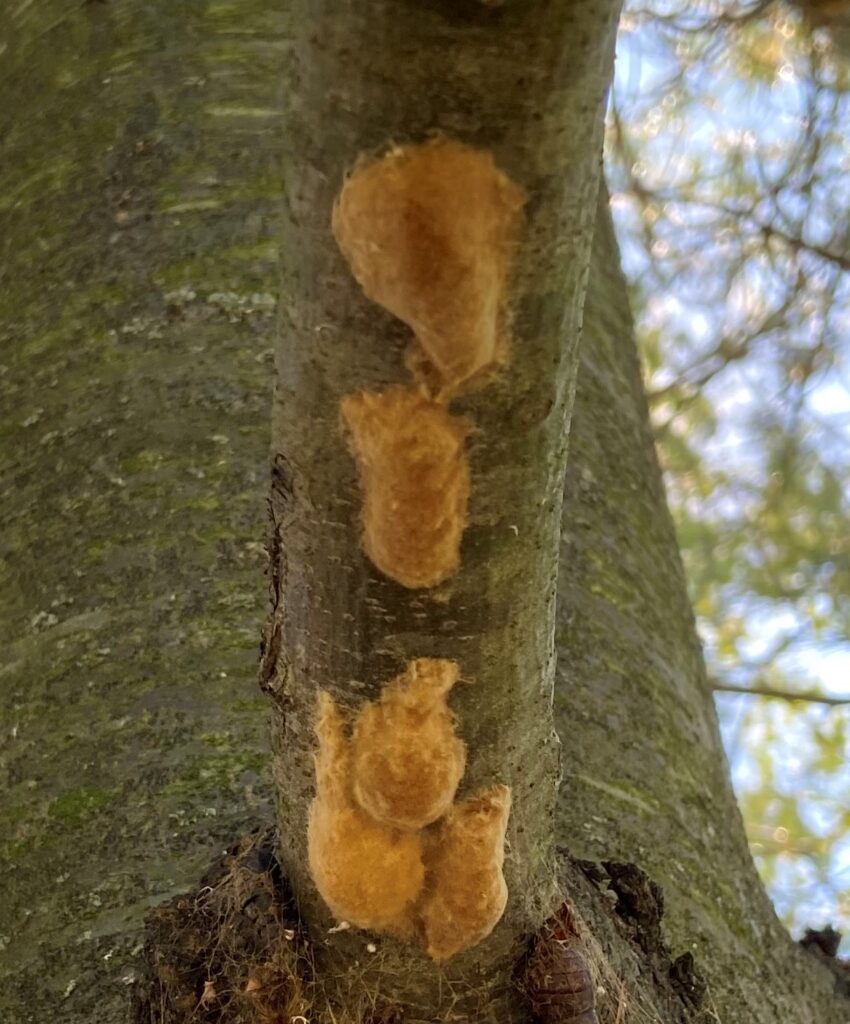 Driftless Area Land Conservancy will host Safety and Woods Worker (SAWW)-certified chainsaw safety and efficiency training near Muscoda, Wisconsin. Luke Saunders of Adaptive Restoration LLC will be the trainer.
Driftless Area Land Conservancy will host Safety and Woods Worker (SAWW)-certified chainsaw safety and efficiency training near Muscoda, Wisconsin. Luke Saunders of Adaptive Restoration LLC will be the trainer.
Levels 1 and 2 are currently at full capacity. Level 3 will be held on Saturday, Dec. 11. Please note that participants should have completed Level 2 before registering for Level 3.
Participants in Level 3 training will spend most of the day in the field practicing techniques to operate chainsaws safely, comfortably and productively. Topics covered include reviewing information from Levels 1 and 2, focusing on planning and executing difficult tree felling, introduction to segments, precision at the stump and planning and executing limbing and bucking.


 A new national initiative will provide $7 million in funding for community-based organizations to work on park equity and racial justice.
A new national initiative will provide $7 million in funding for community-based organizations to work on park equity and racial justice.